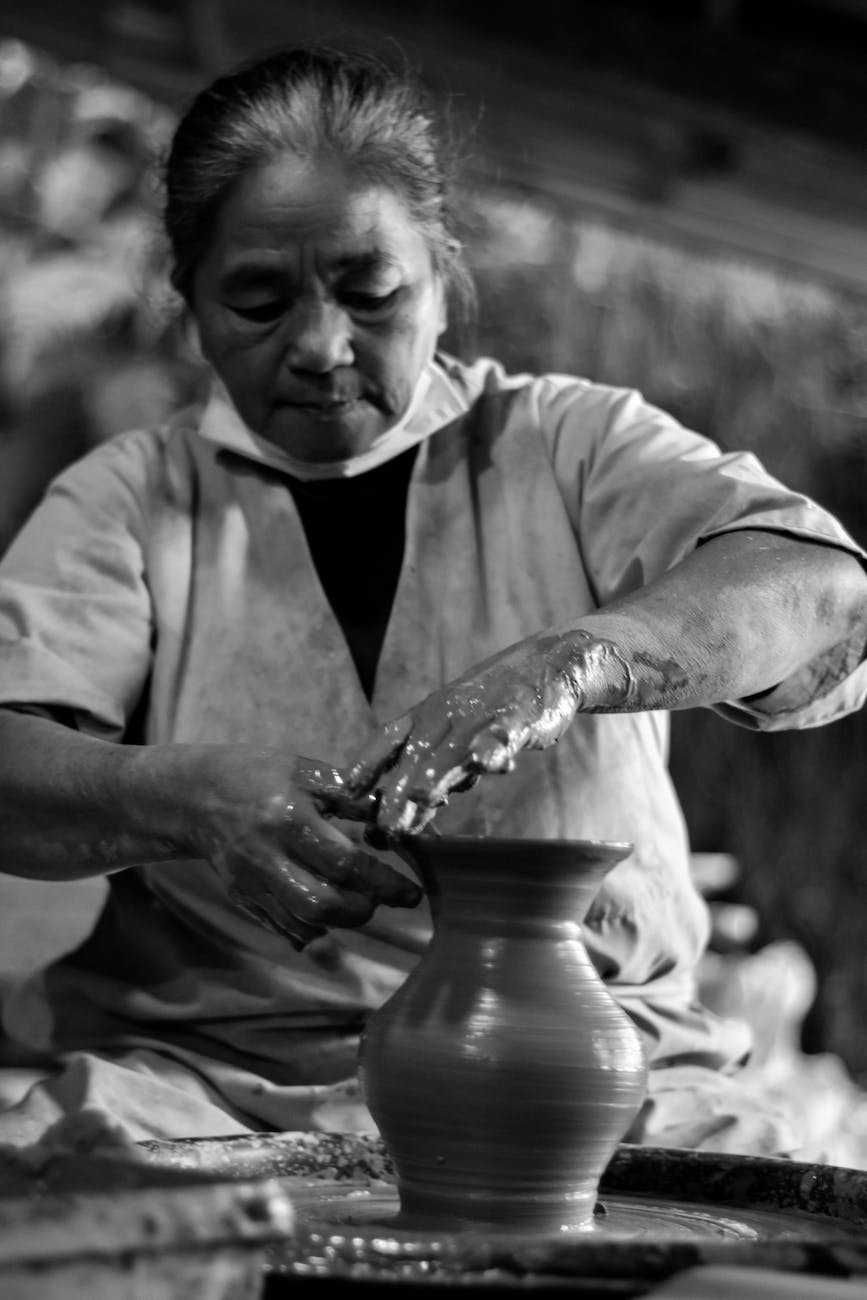Spanning Civilizations: Appreciating the Rich Diversity of Global Ceramic Traditions
Since prehistory, pottery developed concurrently across cultures worldwide as both essential utility and refined art form. Exploring distinctive historical pottery types that arose regionally provides glimpses into the identities, environments, and values that shaped diverse communities through clay across the ages. Even casually encountered, these works silently recount humanity’s rich story.
Song Dynasty Celadons and Ming Porcelain of China
For over 10,000 years, Chinese potters perfected paper-thin porcelains and lush sea-green glazed celadons prized by nobility for purity and elegance. These technically exquisite wares honor connections between humanity and the natural world through their organically abstracted forms and serene lotus and bamboo motif patterns conveying harmonious Taoist principles.
Moche Portrait Vessels Reflecting Andean Lore
Vibrant pottery arts thrived for thousands of years along ancient Peru’s arid Pacific coast. Notable Moche ceramics feature intricately sculpted portrait vessels depicting leaders, deities, and spiritual myths that provide intimate understanding of this mysterious lost civilization and its rich cultural narratives.
Islamic Lusterware’s Opulent Geometry
The Islamic Golden Age, spanning the 7th to 14th centuries CE, yielded astonishing technical and aesthetic heights in ceramics across Persia and Southern Europe. Radiant metalwork-inspired luster glazing with ornate vegetal, calligraphic, and geometric patterns characterizes these luxurious tablewares and tiles created for palatial settings.
Intricate Sgraffito and Maiolica Patterns of the Renaissance
Following medieval utilitarianism, the European Renaissance sparked renewed creativity and humanist perspectives reflected in ornate tableware motifs depicting allegorical figures, biblical scenes, and flora and fauna in lively detail through ace technically challenging display pottery arts like Italian maiolica and sgraffito ware.
Japanese Teawares Communicating Zen Aesthetics
In 16th century Japan, austere yet contemplative vessels for the ritualistic tea ceremony arose like Shino ware’s muted drippy glazes and Hagi’s imperfect earthy pots that became Zen meditation tools. Their subtle textures and restrained palettes encapsulated Buddhist mindfulness principles through form.
Dutch Delftware Merging East and West
When imported blue and white Chinese porcelains gained popularity in 17th century Europe, Dutch potters began emulating Oriental exports through local production of intricately decorated Delftware tin-glazed earthenware. The new hybrid style blended Eastern and Western aesthetics through imagery and technique.
Traditional Onda of Colombia’s Arhuaco People
Across generations, the indigenous pre-colonial Arhuaco culture of Northern Colombia’s Sierra Nevada de Santa Marta has maintained continuity of painted geometric designs on handbuilt clay onda urns and sharpened subtractively into sophisticated abstractions symbolizing spiritual themes like equilibrium, duality, nature, and infinity. Their distinctive artwork transmits enduring identity.
Through humble pots bearing heritage patterns and icons intrinsically tied to their origins, diverse cultures speak across generations. These silent shaped stories convey worldviews and wisdoms evolved locally through earth and fire’s alchemy, joining humanity through creativity that persevered like the many soils merging then firing into one shared terra cotta essence.
